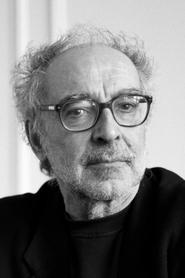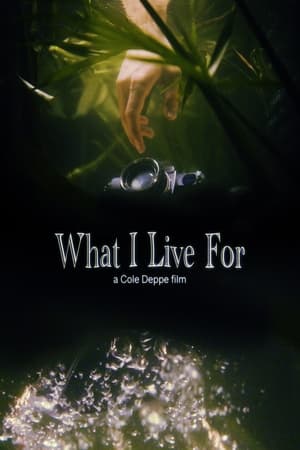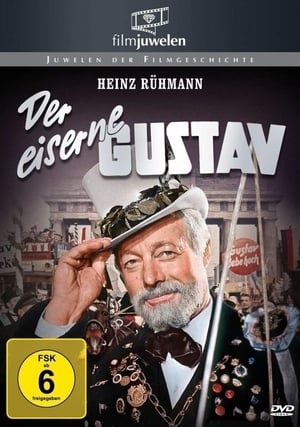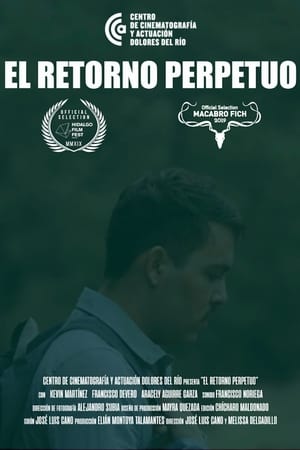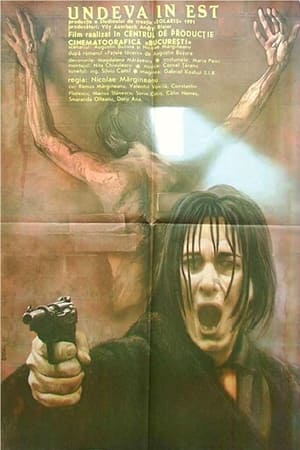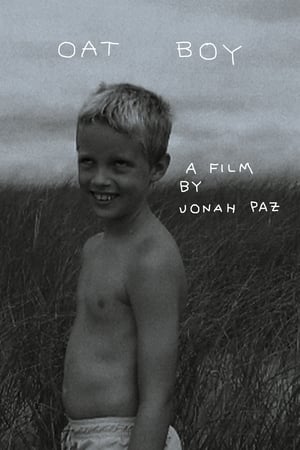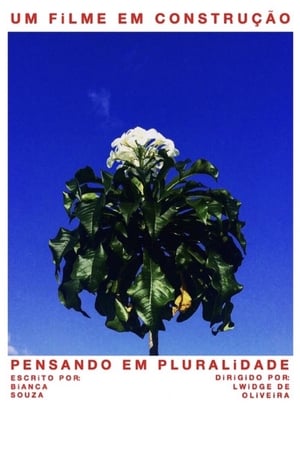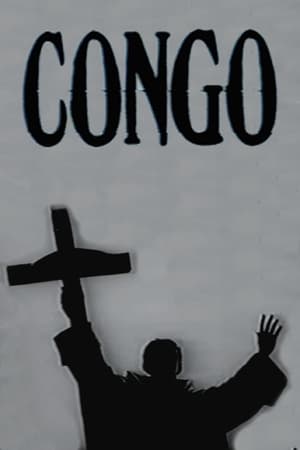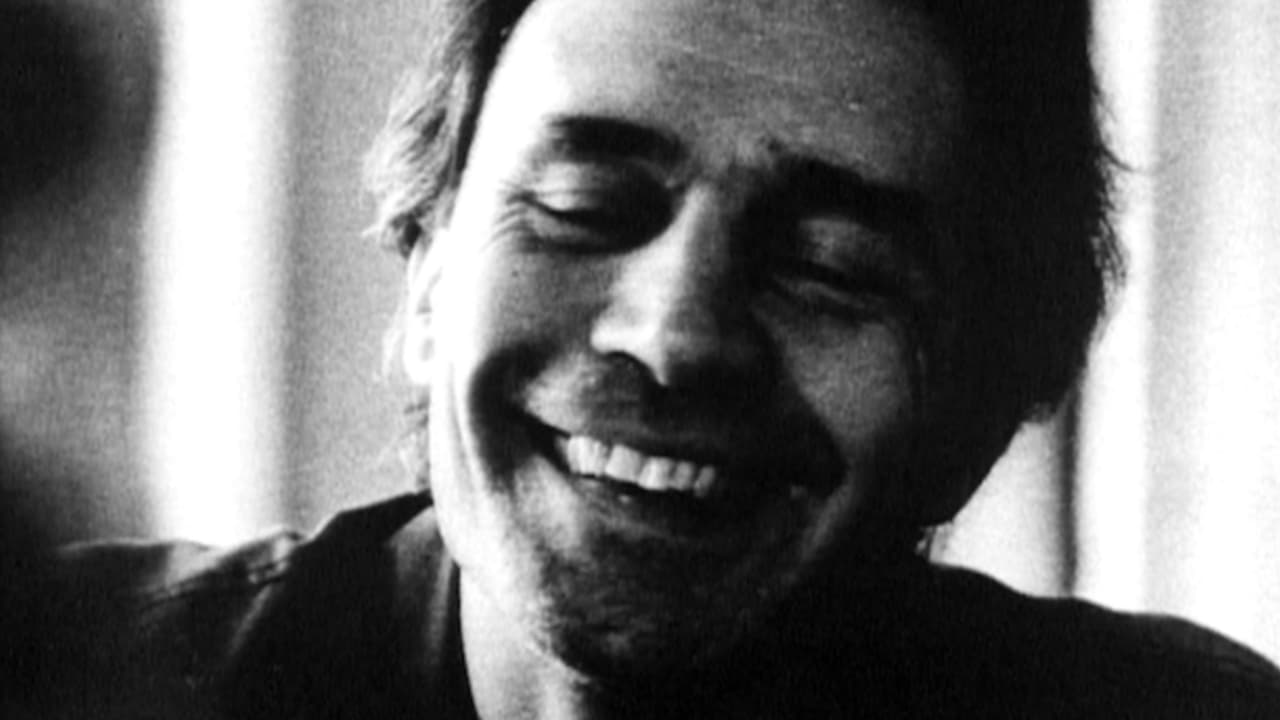

Letter in Motion to Gilles Jacob and Thierry Fremaux(2014)
Rather than writing a simple letter to explain his absence from the press conference for his latest Cannes entry, "Goodbye to Language," at the Cannes Film Festival, instead, legendary filmmaker Jean-Luc Godard created a video "Letter in motion to (Cannes president) Gilles Jacob and (artistic director) Thierry Fremaux." The video intercuts from Godard speaking cryptically about his "path" to key scenes from Godard classics such as "Alphaville" and "King Lear" with Burgess Meredith and Molly Ringwald, and quotes poet Jacques Prevert and philosopher Hannah Arendt.
Movie: Letter in Motion to Gilles Jacob and Thierry Fremaux

Khan Khanne, sélection naturelle
HomePage
Overview
Rather than writing a simple letter to explain his absence from the press conference for his latest Cannes entry, "Goodbye to Language," at the Cannes Film Festival, instead, legendary filmmaker Jean-Luc Godard created a video "Letter in motion to (Cannes president) Gilles Jacob and (artistic director) Thierry Fremaux." The video intercuts from Godard speaking cryptically about his "path" to key scenes from Godard classics such as "Alphaville" and "King Lear" with Burgess Meredith and Molly Ringwald, and quotes poet Jacques Prevert and philosopher Hannah Arendt.
Release Date
2014-05-21
Average
6.9
Rating:
3.5 startsTagline
Genres
Languages:
FrançaisKeywords
Recommendations Movies
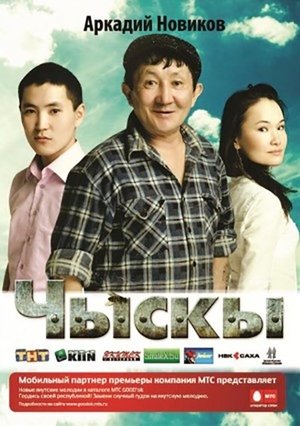 7.0
7.0Spring(ru)
This is a story about a city guy Nikolai, who will have to go instead of his friend on a rural business trip. A series of funny events, meetings and the beauty of the Yakut village encourage Nikolai to make an important decision in his life…
 5.0
5.0Sonic Youth: Koncertas Stan Brakhage Prisiminimui (April 12, 2003)(en)
Filmed April 12, 2003 at a benefit concert held at and for The Anthology Film Archives, the international center for the preservation, study, and exhibition of avant-garde and independent cinema. In addition to screening films for the public, AFA houses a film museum, research library and art gallery. The event, which raised money for the Archives and celebrated the life and work of avant-garde film maker Stan Brakhage, featured Sonic Youth providing an improvised instrumental collaboration with silent Brakhage’s films. The band performed with drummer/percussionist Tim Barnes (Essex Green, Jukeboxer, Silver Jews).
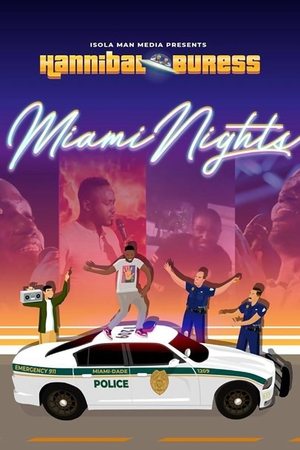 6.0
6.0Hannibal Buress: Miami Nights(en)
Mildly successful comedian, Hannibal Buress, performs his second stand-up special in Chicago based on his wild night with the police.
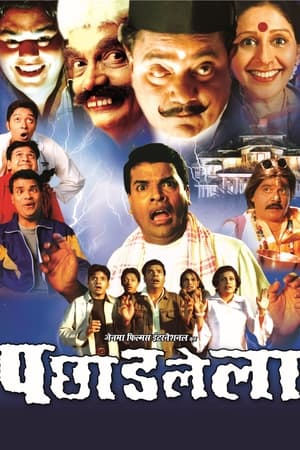 5.0
5.0Pachhadlela(mr)
Due to a job transfer, three friends move into a town where the bank they work at assigns them by way of living quarters a creepy mansion with a haunted history. One of the friends, Bharat (Bharat Jadhav), is prone to being possessed. The four ghosts enter Bharat's body at will and use him for their own intentions, resulting is hilarious misunderstandings, confusions, and the unfolding of a story of sinister revenge.
 4.0
4.0The Lunar Pack(en)
Let Mistress Misty (Debbie Rochon) guide you through three tales of the full moon as she follows the stories of different werewolves and how they handle their curse, gift or simple way of life.
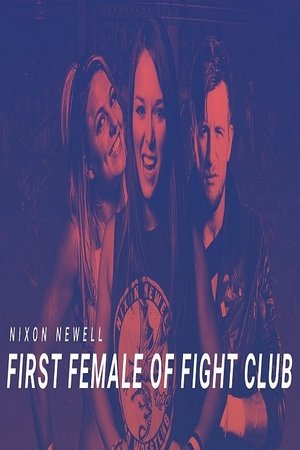 8.0
8.0Nixon Newell: First Female of Fight Club(en)
Since 2013, Nixon Newell has travelled the world as a professional wrestler. This is the story of her goodbye to independent wrestling.
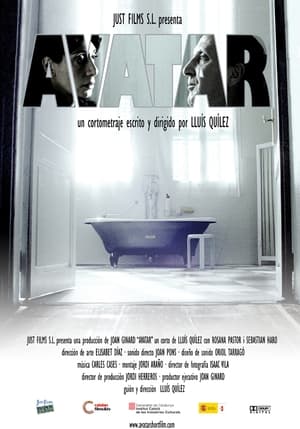 5.9
5.9Avatar(es)
Tension mounts between a quadraplegic man and his wife as she prepares a bath for him.
 8.3
8.3Hello Jindagi(ne)
Hello Jindagi is an action, romantic, drama, and comedy film about love, betrayal, and second chances. Vijay, an honest and wealthy man, is searching for the perfect partner. He falls in love with Jasmin, but her greed for money leads her to leave him, shattering his trust. Heartbroken, Vijay crosses paths with Elina, a struggling yet kind-hearted woman.Determined to help, Vijay supports Elina in starting a new life, finding his own redemption and purpose along the way. Together, they learn that life can begin anew, even after losing everything, as long as one makes thoughtful choices.Shot in the UK and Nepal, Hello Jindagi is produced by Biranjana Entertainment, Maharani Entertainment UK, and Everest Surya Bohara Films. Directed by Everest Surya Bohara and Bikram D Joshi, it stars Bikram D Joshi, Priyanka Karki, Dipika Prasai, Kumud Pant Janaki Pant, Everest Surya Bohara and a talented ensemble cast, delivering an inspiring message about resilience and hope.
Mana Huncha Khina Sawule Chuti Dinna Aama(en)
The air in London was damp and cold, a stark contrast to the vibrant warmth of Kathmandu that Anmol often dreamed of. It had been five years since he left Nepal for the United Kingdom, chasing the dreams his mother, Susmita, had envisioned for him. She had sacrificed everything-her small savings, her comfort, and her daily joy of having her son by her side-so Anmol could study and build a better life abroad. Anmol was a hard worker, juggling university classes and long hours at Amrish's restaurant. The boss, a shrewd businessman, valued profits over people. Anmol, like the rest of the staff, was little more than a cog in the relentless machinery of the restaurant's success. One evening, after another grueling 12-hour shift, Anmol sat on his small bed in his shared apartment. His phone buzzed. It was his mother. "Anmol, Dashain and Tihar are coming. I've cleaned the house and even set aside some money to buy your favorite sweets.
Similar Movies
 5.7
5.7Chinese Ping-Pong(en)
An experimental sports film made partly during the Scandinavian Open Championships in Halmstad in 1970, partly during the Chinese players' exhibition tour in Denmark immediately after the SOC. First of all, it is a film about their style, about the artistic culmination that is ping-pong at its best, it records China's comeback into the international sports world.
Clouds(en)
Clouds 1969 by the British filmmaker Peter Gidal is a film comprised of ten minutes of looped footage of the sky, shot with a handheld camera using a zoom to achieve close-up images. Aside from the amorphous shapes of the clouds, the only forms to appear in the film are an aeroplane flying overhead and the side of a building, and these only as fleeting glimpses. The formless image of the sky and the repetition of the footage on a loop prevent any clear narrative development within the film. The minimal soundtrack consists of a sustained oscillating sine wave, consistently audible throughout the film without progression or climax. The work is shown as a projection and was not produced in an edition. The subject of the film can be said to be the material qualities of film itself: the grain, the light, the shadow and inconsistencies in the print.
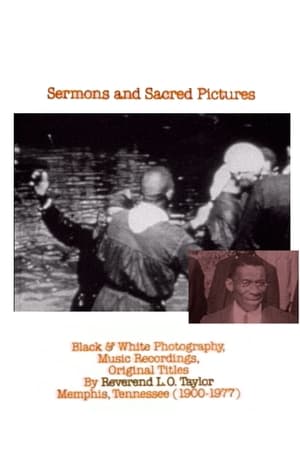 0.0
0.0Sermons and Sacred Pictures(en)
"An experimental documentary on Reverend L.O. Taylor, a black Baptist minister from Memphis, Tennessee who was also an inspired filmmaker with an overwhelming interest in preserving the social and cultural fabric of his own community in the 1930′s and 40s. I combine his films and music recordings with my own images of Memphis neighborhoods and religious gatherings" -Sachs
 0.0
0.0Contágio(pt)
Several Portuguese creators occupy the director's chair in this collective short film shot during the COVID-19 pandemic shutdown in an unfolding of personal perspectives.
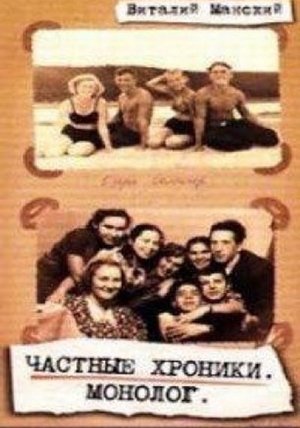 0.0
0.0Private Chronicles: Monologue(ru)
The collective life of the generation born as Jurij Gagarin became the first man in space. Vitaly Mansky has woven together a fictional biography – taken from over 5.000 hours of film material, and 20.000 still pictures made for home use. A moving document of the fictional, but nonetheless true life of the generation who grew up in this time of huge change and upheaval.
 7.6
7.6Somniloquies(en)
Works with sound recordings of Dion McGregor, who became famous for talking in his sleep.
Brise-glace : Bateau givre(sv)
First part of the collaborative project "Brise-Glace" showing the diverse travels on the icebreaker "Frej". Directed by Jean Rouch.
 7.3
7.3Let Us Persevere in What We Have Resolved Before We Forget(en)
On the island of Tanna, a part of Vanuatu, an archipelago in Melanesia, strange rites are enacted and time passes slowly while the inhabitants await the return of the mysterious John.
 4.2
4.2Song 5(en)
SONG 5: A childbirth song (the Songs are a cycle of silent color 8mm films by the American experimental filmmaker Stan Brakhage produced from 1964 to 1969).
 0.0
0.0Joseph Cornell: Worlds in a Box(en)
This is a 1991 documentary film about the legendary artist and filmmaker, Joseph Cornell, who made those magnificent and strange collage boxes. He was also one of our great experimental filmmakers and once apparently made Salvador Dali extremely jealous at a screening of his masterpiece, Rose Hobart. In this film we get to hear people like Susan Sontag, Stan Brakhage, and Tony Curtis talk about their friendships with the artist. It turns out that Curtis was quite a collector and he seemed to have a very deep understanding of what Cornell was doing in his work.
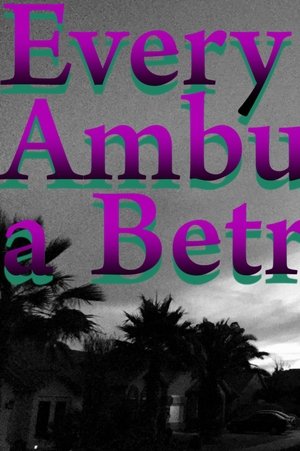 10.0
10.0Every Ambulation a Betrayal(en)
Return to 'burn' only to find out you're already in that urn.
 0.0
0.0OLO, the Boy from Tibet(ja)
A 6-year-old Tibetan boy leaves his family and flees to a refugee camp in northern India.
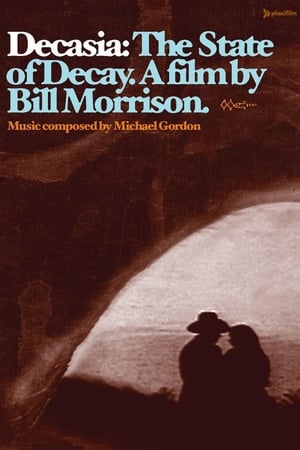 6.4
6.4Decasia: The State of Decay(en)
A meditation on the human quest to transcend physicality, constructed from decaying archival footage and set to an original symphonic score.
Every Wall is a Door(fr)
Drawing on VHS tapes of a programme hosted by her mother on Bulgaria’s national television, the filmmaker gives a pop-style and in-depth chronicle of the gentle – even “over-gentle” – 1989 revolution.
 5.8
5.86-18-67(en)
6-18-67 is a short quasi-documentary film by George Lucas regarding the making of the Columbia film “Mackenna's Gold”. This non-story, non-character visual tone poem is made up of nature imagery, time-lapse photography, and the subtle sounds of the Arizona desert.
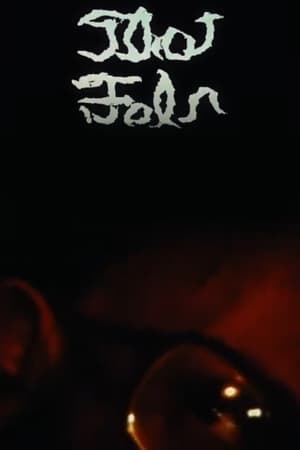 5.4
5.4Thot-Fal'N(en)
This film describes a psychological state "kin to moonstruck, its images emblems (not quite symbols) of suspension-of-self within consciousness and then that feeling of falling away from conscious thought. The film can only be said to describe or be emblematic of this state because I cannot imagine symbolizing or otherwise representing an equivalent of thoughtlessness itself. Thus the actors in the film, Jane Brakhage, Tom and Gloria Bartek, Williams Burroughs, Allen Ginsberg, Peter Olovsky and Phillip Whalen are figments of this 'Thought-Fallen Process', as are their images in the film to find themselves being photographed."
 6.9
6.9The Five Obstructions(da)
Lars von Trier challenges his mentor, filmmaker Jørgen Leth, to remake Leth’s 1967 short film The Perfect Human five times, each with a different set of bizarre and challenging rules.
